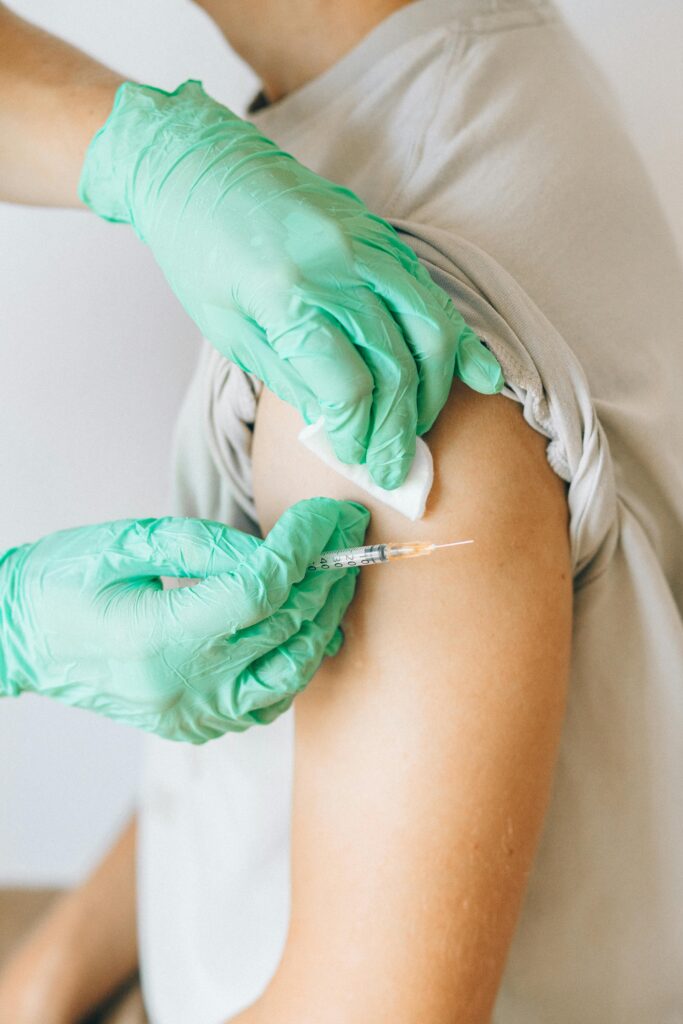Understanding HPV: What Every Woman Should Know

Human papillomavirus (HPV) is a topic that might not always come up in everyday conversation, but it’s important for every woman to understand. Human papillomavirus is the most prevalent sexually transmitted infection (STI) in the United States. It’s estimated that around 80% of sexually active women will contract at least one strain of human papillomavirus during their lives.
What is HPV?
HPV, or human papillomavirus, is a group of related viruses that infect the skin and mucous membranes. There are over 100 different types of this virus and while many of them don’t cause any health issues, some can lead to problems such as warts or even cancer. Human papillomavirus is most associated with cervical cancer in women, but it can also cause other cancers in the genital area and the back of the throat.
How is HPV Spread?
HPV spreads mainly through intimate skin-to-skin contact. This usually occurs during vaginal, anal, or oral sex with someone who has the virus. It’s important to note that this virus can be transmitted even if the infected person doesn’t have visible warts or other symptoms. In fact, most people have no symptoms at all. This is why getting regularly tested for STDs/STIs is essential. The virus can be spread through any genital contact, not just intercourse, which makes it pretty common.
What Are the Risks of HPV for Women?
For women, the risks associated with HPV can be higher than for men. Certain high-risk types of HPV are known to cause cervical cancer, which is a serious condition that often doesn’t show symptoms until it’s advanced. HPV can also increase the risk of cancer in other parts of the reproductive system, such as the vagina, vulva, and anus. Regular Pap smears and HPV screenings are crucial for catching these issues early and ensuring timely treatment.
How Can You Prevent HPV?
Options for Prevention:
- Vaccination: The HPV vaccine is a highly effective option in protecting against the types of HPV that cause the most health problems, including cervical cancer and genital warts.
- Safe Practices: Using latex condoms can reduce the risk of transmission, although they don’t eliminate the risk since human papillomavirus can infect areas not covered by a condom.
- Regular Screenings: Routine Pap tests and screenings help detect early changes in the cervix that could lead to cancer. Even if you’re vaccinated and using protection, keeping up with these screenings is important.

What to Do If You Think You Might Have HPV
If you’re concerned that you might have HPV, it’s a good idea to see a healthcare provider. They can perform tests to diagnose this virus and determine if there are any changes that need attention. Treatment options vary depending on the type of HPV and the presence of any symptoms. For warts, there are over-the-counter treatments, while a healthcare provider can offer prescription options and procedures if needed. Find care near you.
Staying Informed and Proactive
Knowledge is your best tool for managing HPV and maintaining your health. Understanding how human papillomavirus spreads, its risks, and how to prevent it empowers you to take proactive steps. Regular check-ups, safe practices, and vaccinations can make a big difference in your overall health and well-being. It’s also important to have open conversations with sexual partners about sexually transmitted infections (STIs) out of respect for both individuals involved.
If you have any questions or concerns about STDs, don’t hesitate to reach out to a healthcare provider. They can offer personalized advice and support to help you navigate any health concerns with confidence.

